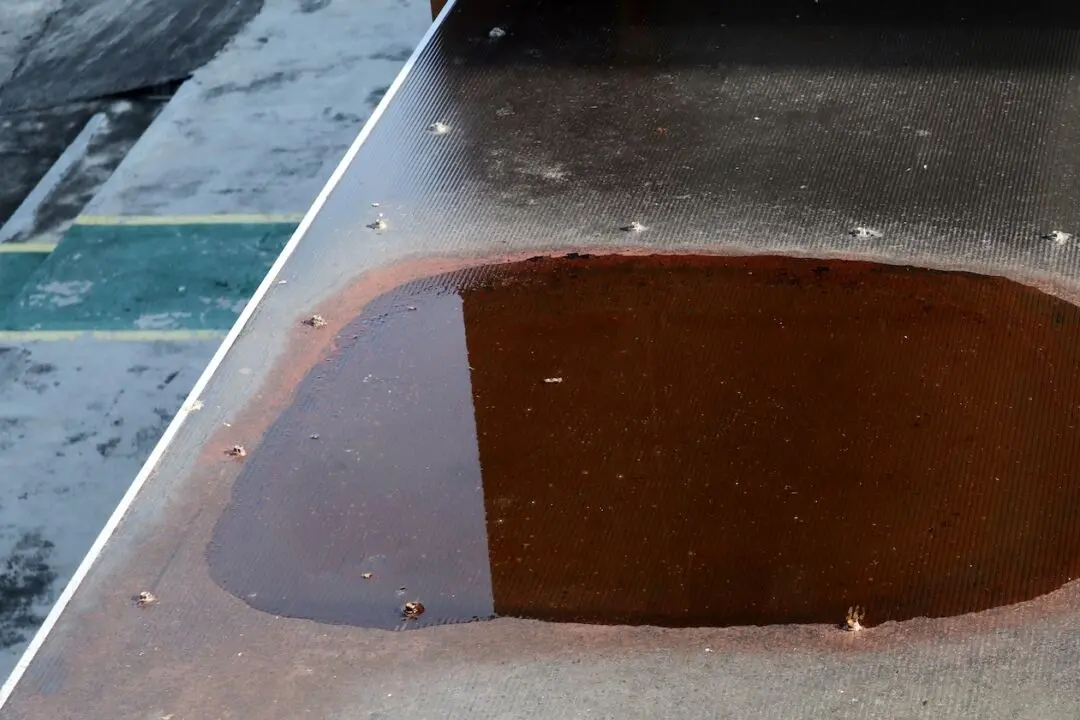Dear James: Our church has some beautiful old decorative woodwork that needs some repairs and to be refinished. What is the best way to retain the original appearance?—Karen L.
Dear Karen: It is possible to bring old woodwork back to nearly its original appearance, but don’t expect to duplicate it perfectly. This will probably require you to do more area than initially needs it. To do this project properly, expect it to take a lot of time and physical, tiring work.





